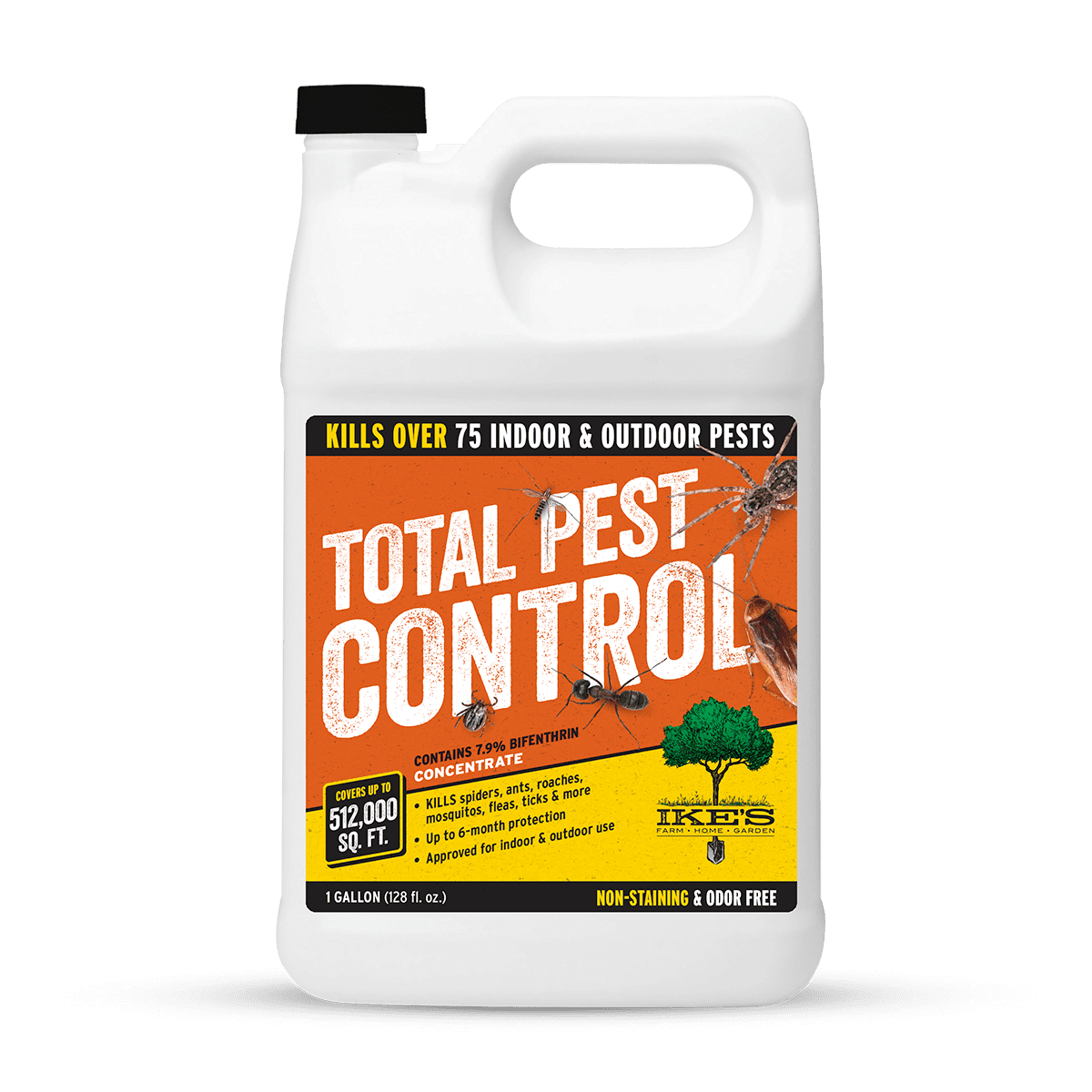Experienced A1 Exterminators Charlotte NC - Fast and Dependable Solutions
Wiki Article
Bed Bug Treatment Breakdown: Comparing Chemical Vs. Non-Chemical Solutions
In the world of pest control, especially when dealing with the consistent problem of bed pests, the option in between chemical and non-chemical therapy services can be a critical one. Both approaches provide distinct benefits and disadvantages, affecting elements such as performance, security factors to consider, and general cost. By analyzing the nuanced information of each approach, a clearer understanding of which path to seek in dealing with a bed insect problem can be achieved.Performance of Chemical Treatments
Chemical therapies for bed bug infestations have actually been widely identified for their potent and fast efficacy in removing these pests. When thinking about the performance of chemical treatments, it is critical to comprehend that they can provide a quick and complete option to a bed insect issue.In addition, chemical therapies have the advantage of supplying recurring effects, meaning that they can proceed to remove bed bugs also after the initial application. This residual action is particularly helpful in combating any kind of prospective re-infestations. Furthermore, the rapid action of chemical treatments can bring alleviation to individuals facing extreme bed pest infestations, enabling them to gain back control of their space swiftly.
Security Problems With Chemical Solutions
One essential facet that needs cautious factor to consider when using chemical options for bed insect treatment is ensuring the safety and security of passengers and the setting. While chemical treatments can be reliable in eliminating bed pests, they may posture threats otherwise taken care of properly. Among the primary security worry about chemical services is the potential damage they can create to human health. Direct exposure to particular chemicals used in bed bug therapies can result in respiratory issues, skin inflammation, or various other adverse reactions, specifically in individuals with pre-existing problems or sensitivities. In addition, inappropriate application or dosage of chemical pesticides can result in poisonous deposits remaining in the cured location, positioning long-term wellness dangers to passengers.Moreover, the ecological effect of chemical options is one more significant factor to consider. Some chemicals made use of in bed insect therapies may be unsafe to beneficial pests, wild animals, and ecological communities if they leach into the dirt or water supply. It is important to utilize chemical therapies sensibly, adhering to safety and security guidelines, and considering much less hazardous alternatives to mitigate these threats and guarantee the risk-free and effective administration of bed bug problems.
Benefits of Non-Chemical Methods
Thinking about the possible safety and security concerns and environmental impact associated with chemical options for bed pest treatment, discovering non-chemical approaches presents an encouraging option with a number of unique benefits. Non-chemical treatments are ecologically friendly, as they do not add to air or water contamination, making them a sustainable selection for pest control.Additionally, non-chemical solutions can be efficient in targeting bed bugs, consisting of hard-to-reach areas where chemical therapies may not penetrate. Techniques such as heat therapy, vacuuming, heavy steam cleansing, and bed mattress encasements give thorough obliteration without the usage of damaging chemicals. Furthermore, non-chemical methods can be less turbulent, needing minimal preparation and enabling quicker reentry right into dealt with areas. In general, going with non-chemical bed insect treatment methods not just focuses on security and environmental defense but additionally ensures comprehensive and effective parasite control.
Limitations of Non-Chemical Treatments

Furthermore, non-chemical therapies typically require several applications to achieve effective obliteration. This can be time-consuming and might not constantly ensure full removal of all bed insects and their eggs, particularly in hard-to-reach or covert areas.
Additionally, the success of non-chemical therapies heavily counts on appropriate implementation and thoroughness, which can be testing for individuals without specialist experience. Poor application of non-chemical approaches might result in incomplete removal, bring about persistent invasions and the demand for additional therapies.
Therefore, while non-chemical treatments have their advantages, it is crucial to acknowledge these constraints and consider them when figuring out one of the most effective method for taking care of bed bug problems.
Expense Contrast: Chemical Vs. Non-Chemical Options
Given the limitations related to non-chemical treatments, an essential facet to examine in the context of bed pest monitoring is the price comparison between chemical and non-chemical go to these guys choices. Chemical therapies normally entail the application of pesticides by experts, which can range from $250 to $900 per room, depending upon the severity of the problem and the dimension of the location to be treated. In comparison, non-chemical treatments like warmth therapy or steam can be much more pricey, with costs ranging from $1,000 to $6,000 for an entire home. While the preliminary price of chemical therapies might seem lower, several treatments might be needed to fully get rid of the problem, possibly boosting the overall expense. On the various other hand, non-chemical alternatives might give an extra sustainable and environmentally friendly service, although they can be cost-prohibitive for some people. Eventually, when considering the price of bed pest therapy alternatives, it is very important to evaluate the ahead of time costs against the performance and long-lasting sustainability of the picked method.Verdict

Thinking about the potential security concerns and ecological impact linked with chemical options for bed bug therapy, exploring non-chemical approaches offers an encouraging alternative with a number of distinctive benefits.Provided the constraints associated with non-chemical treatments, an important facet to assess in the context of bed bug monitoring is the cost contrast between chemical and non-chemical alternatives. In see this site contrast, non-chemical therapies like warmth treatment or vapor can be more costly, with costs varying from $1,000 to $6,000 for an entire home. While the initial price of chemical therapies may seem reduced, multiple treatments might be required to completely eradicate the infestation, potentially increasing the overall price.In conclusion, when comparing chemical and non-chemical bed insect treatment choices, it is crucial to take into consideration effectiveness, safety, benefits, limitations, and cost.
Report this wiki page